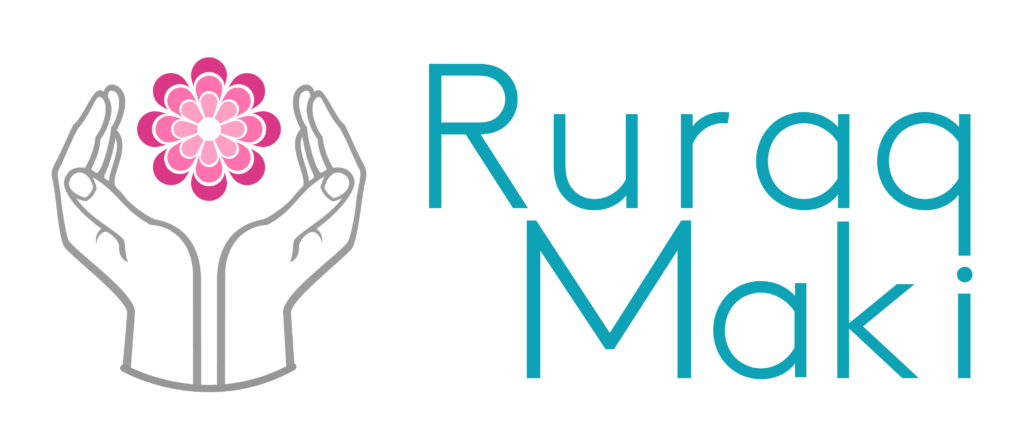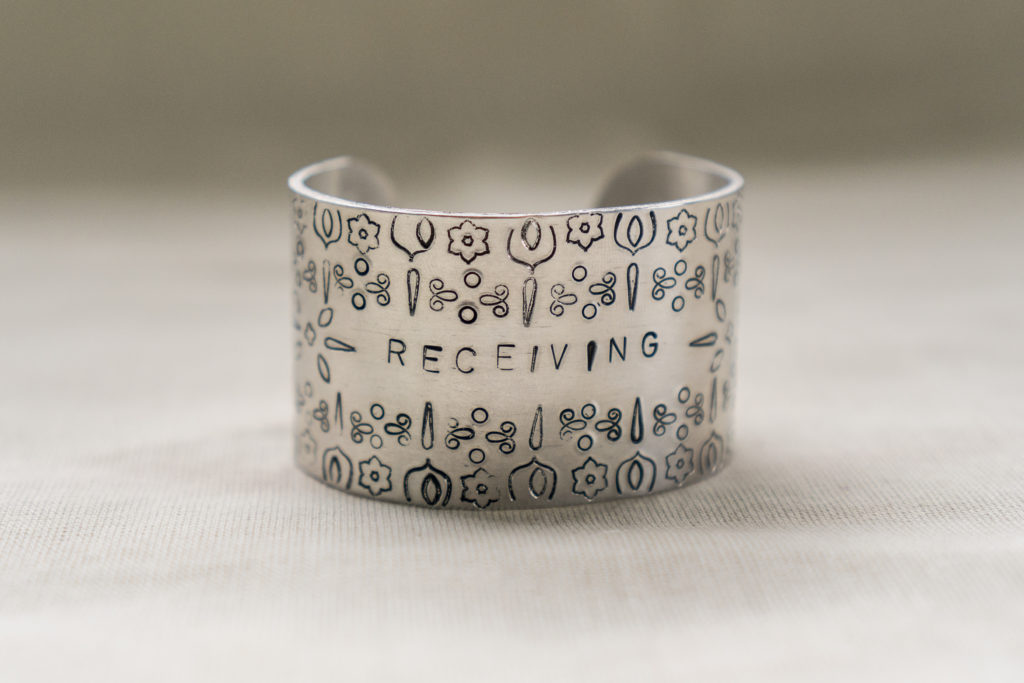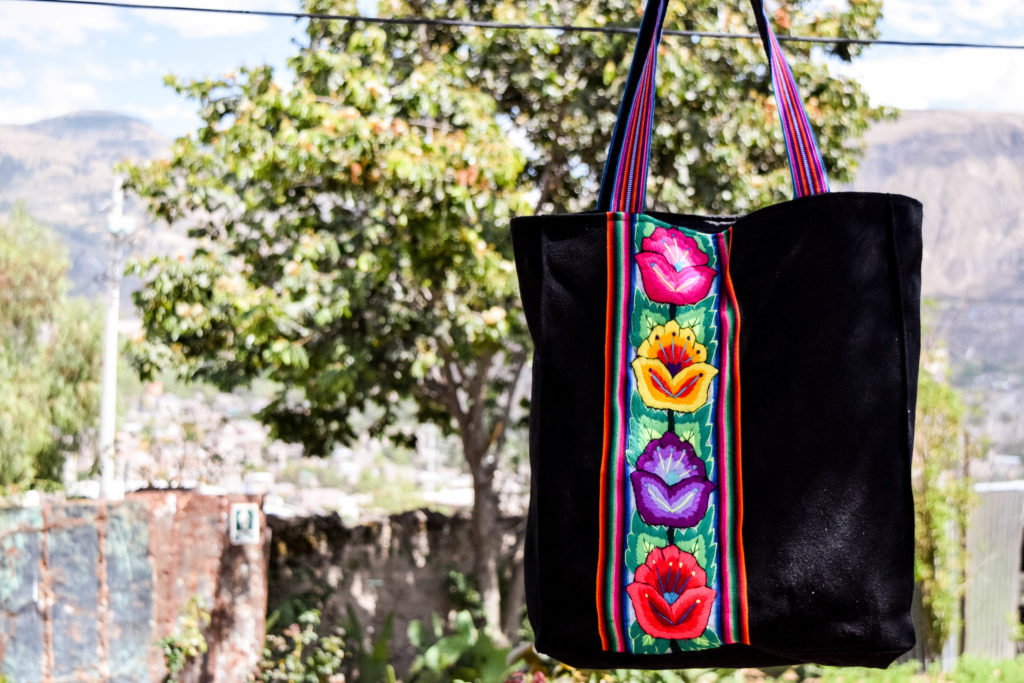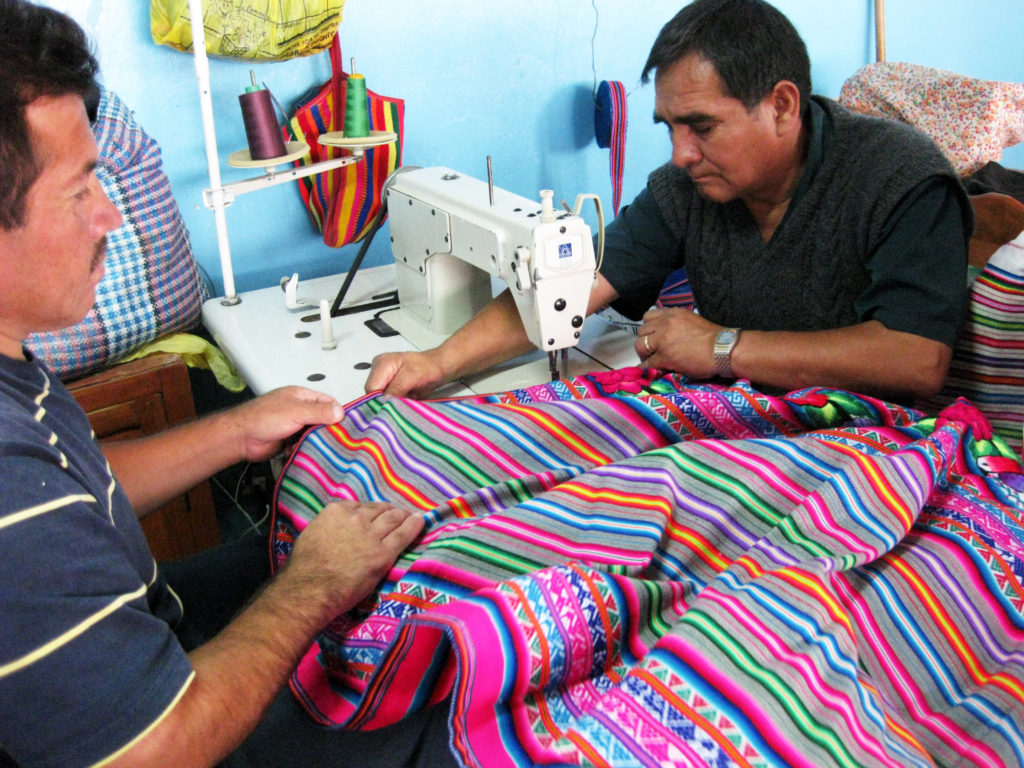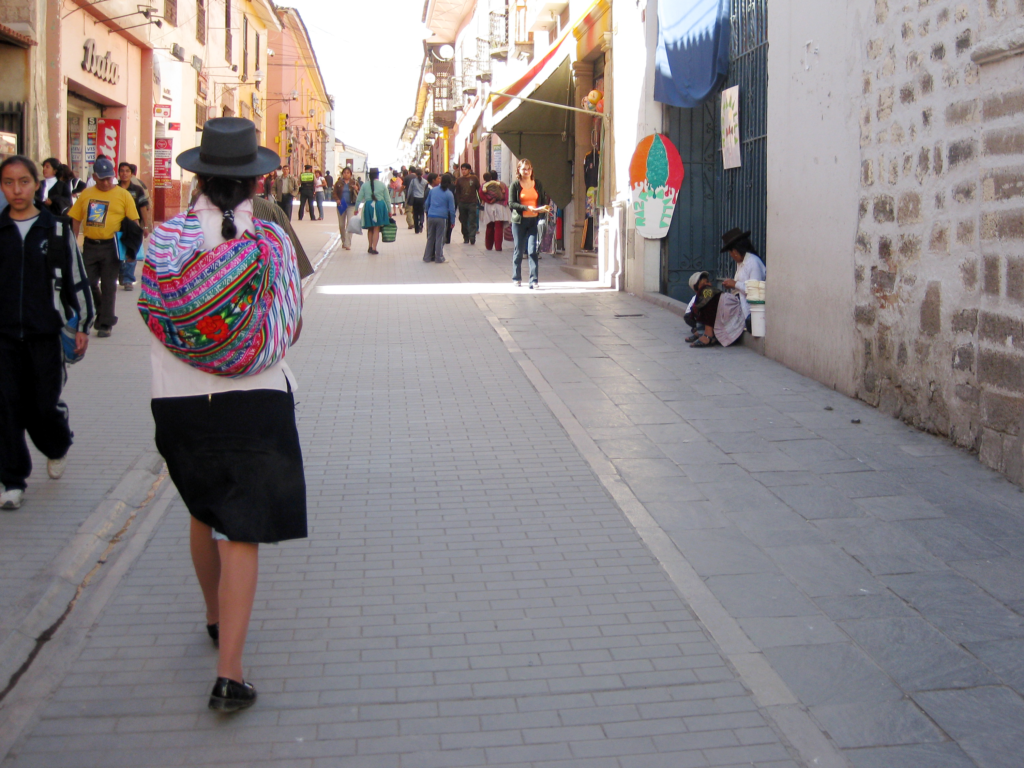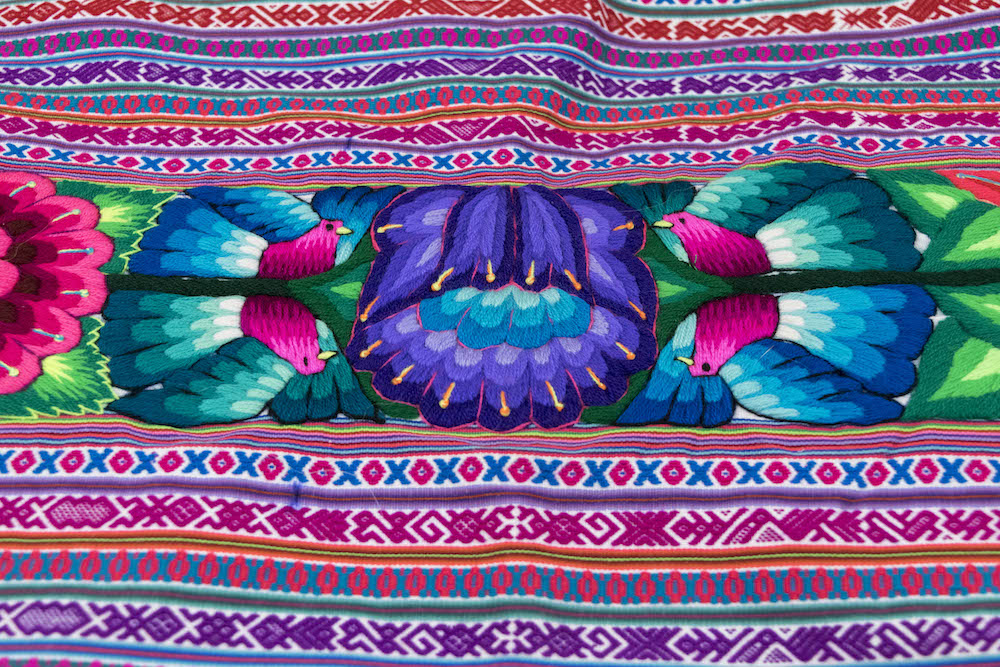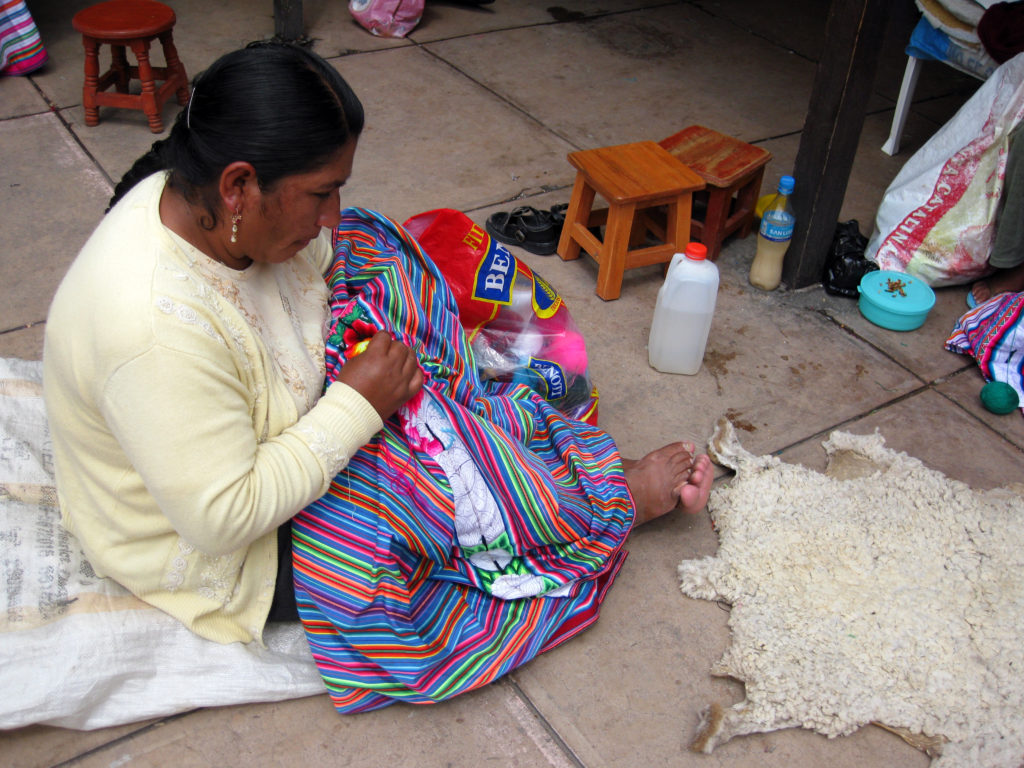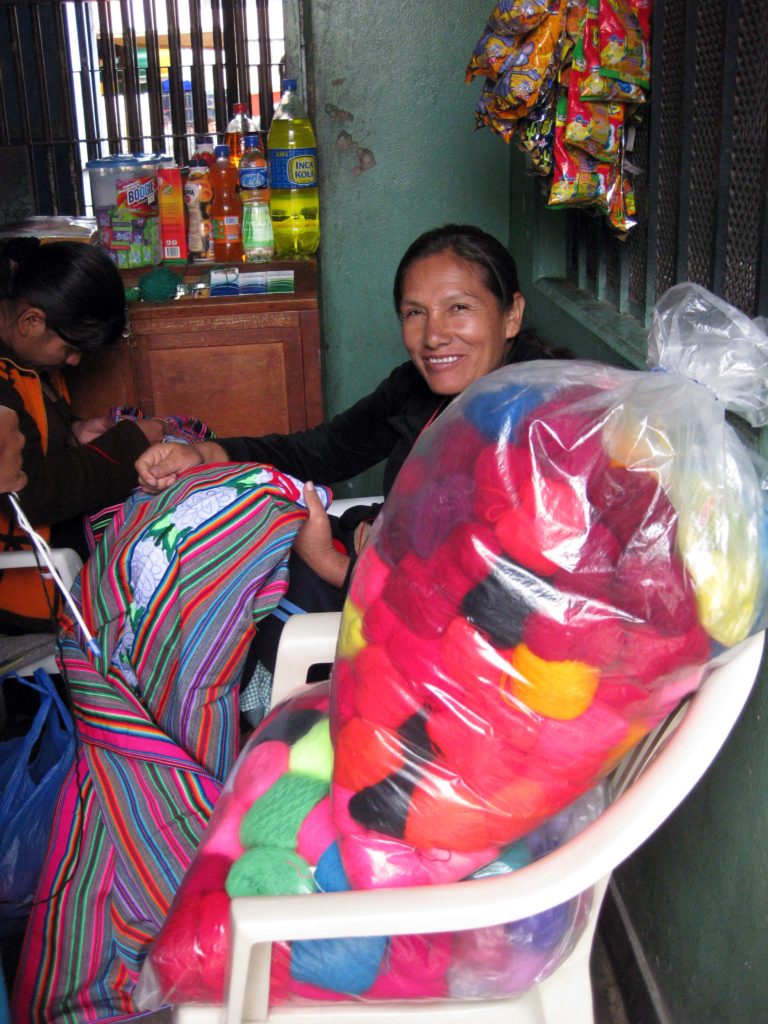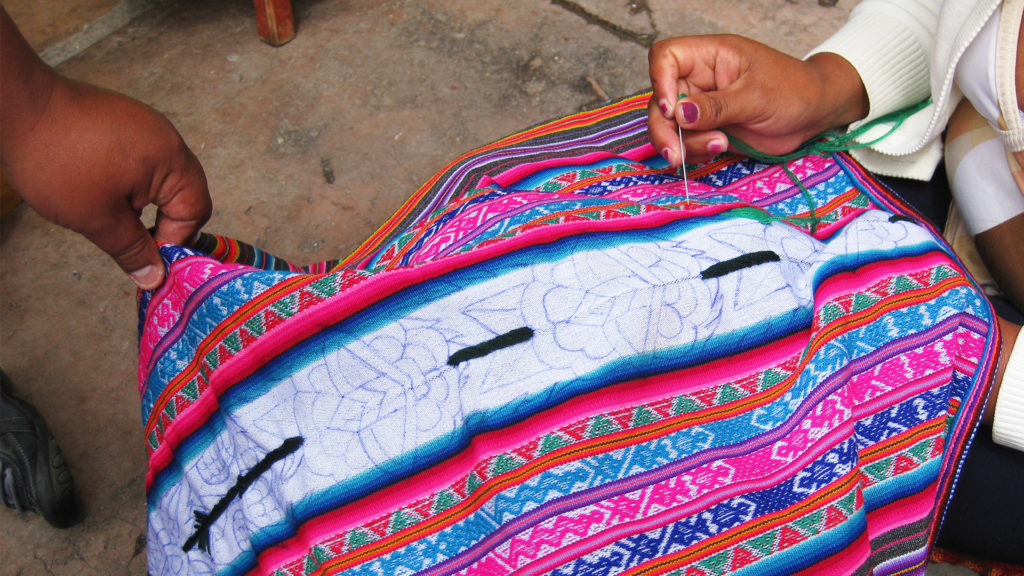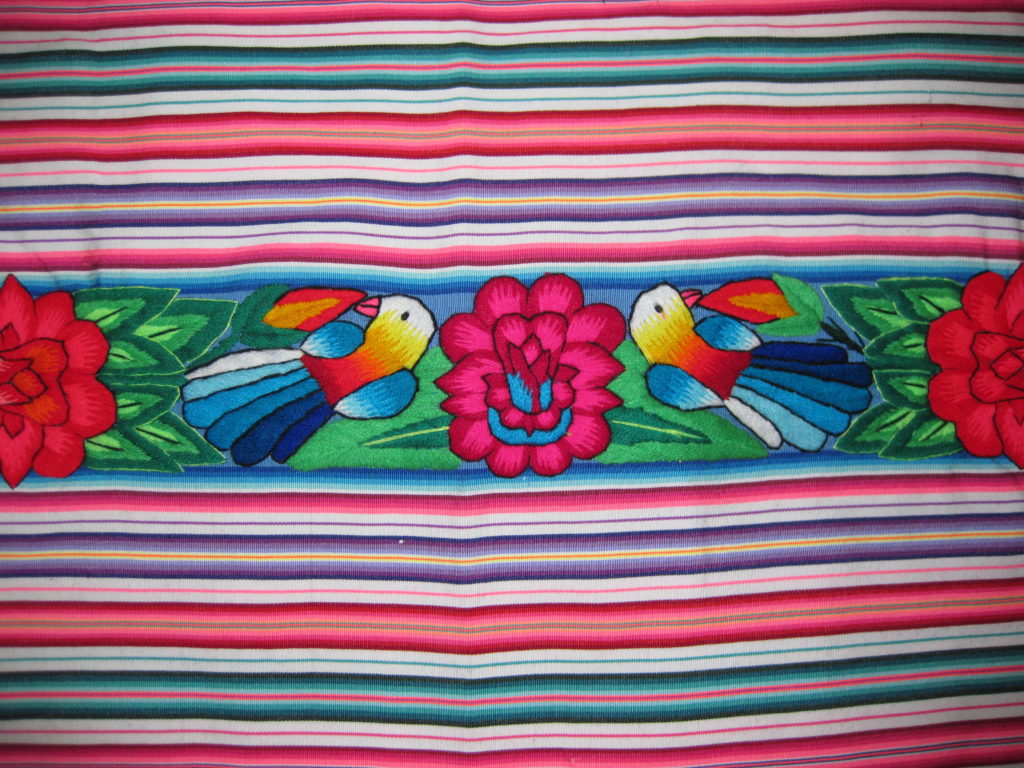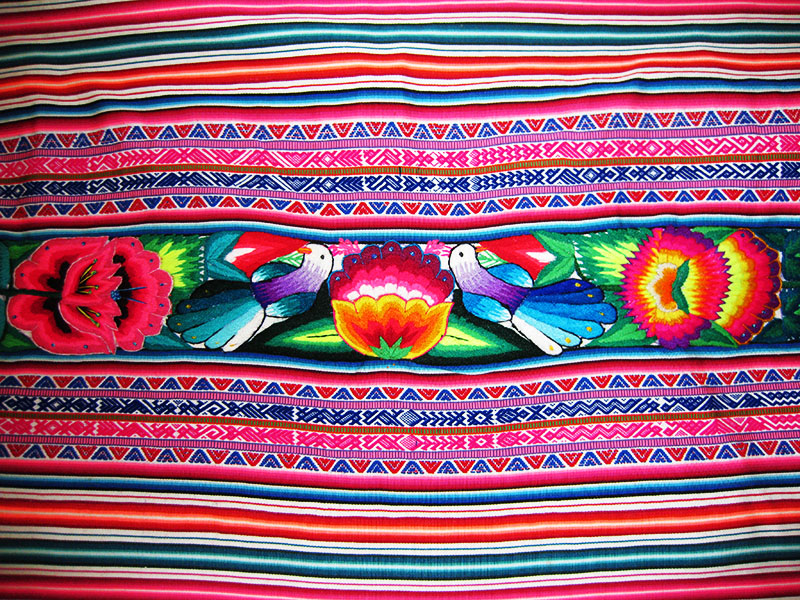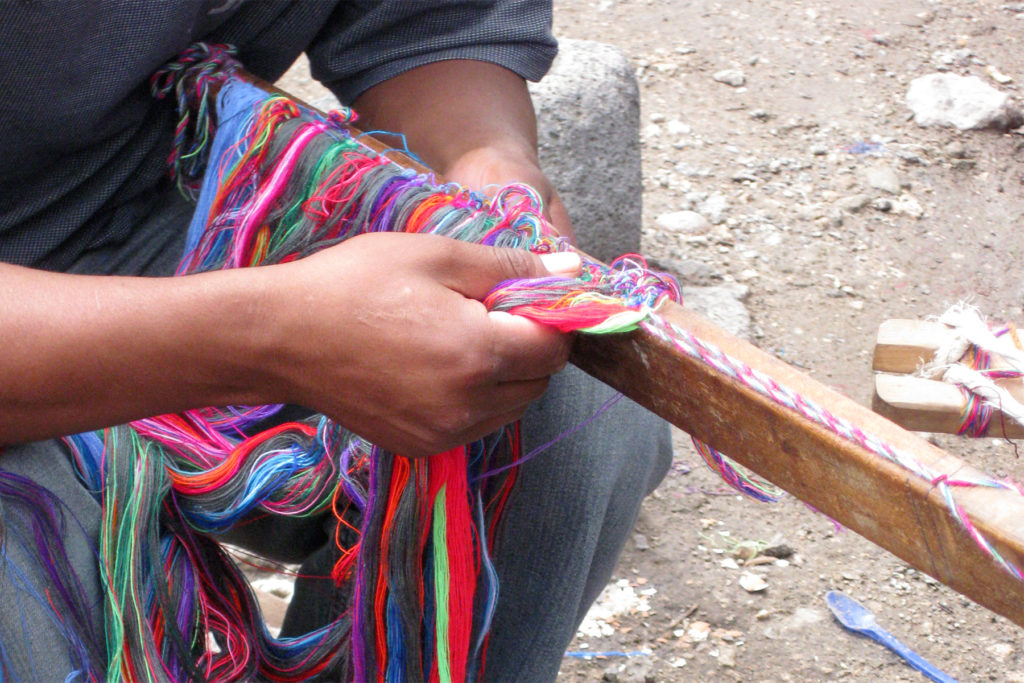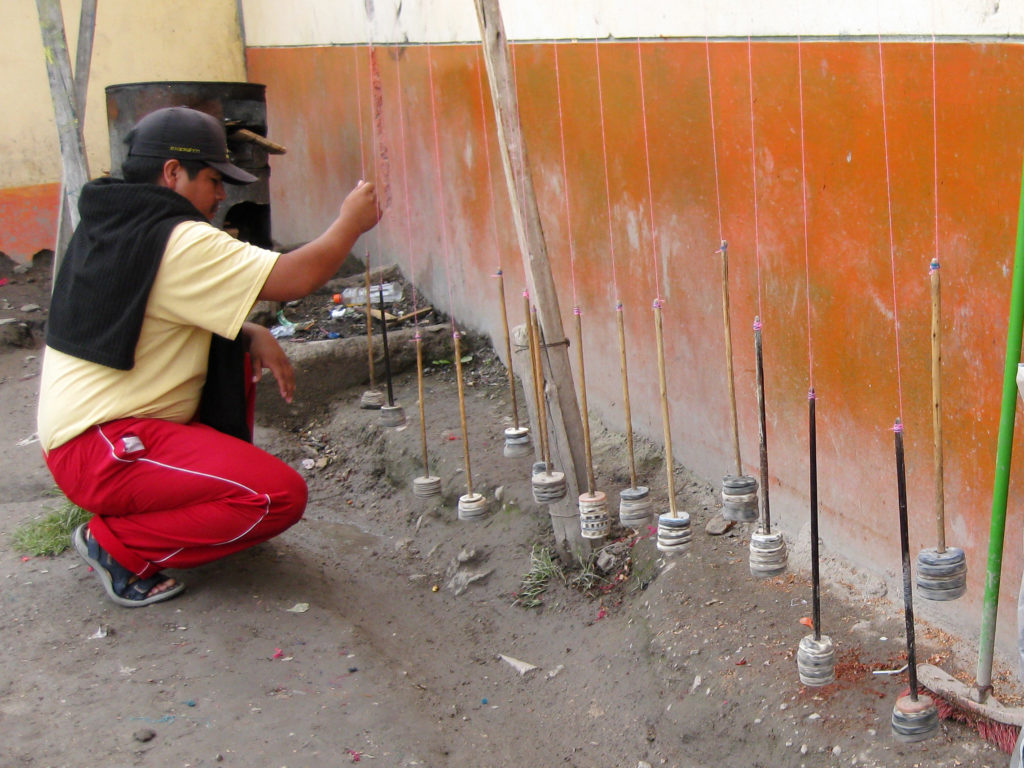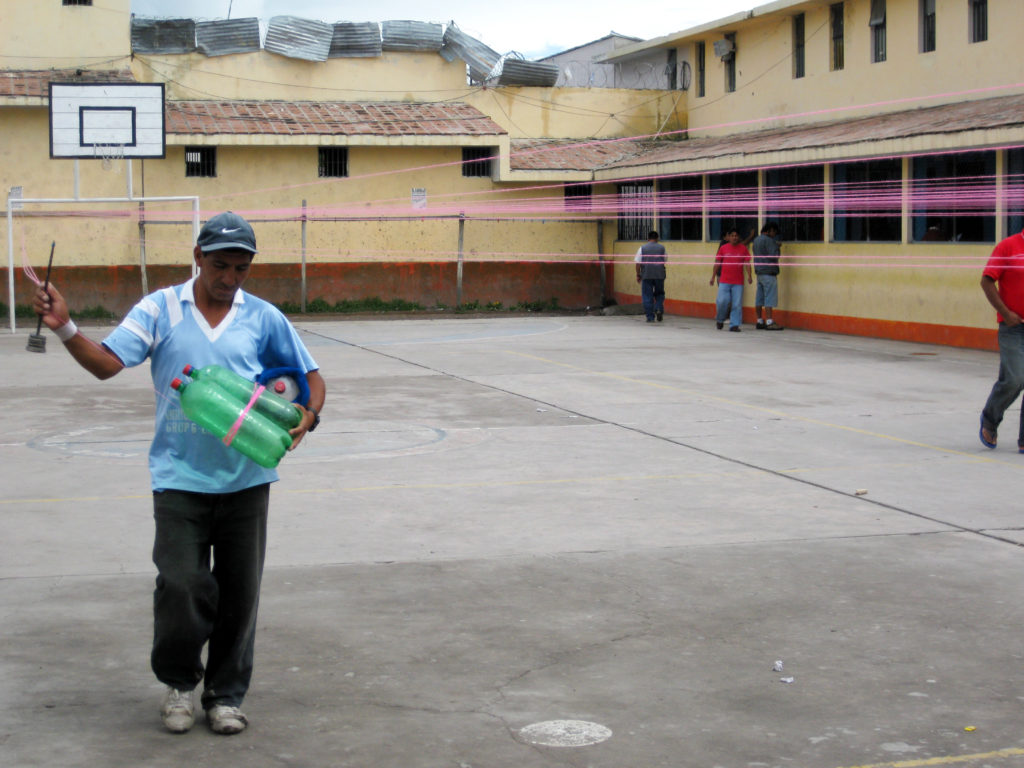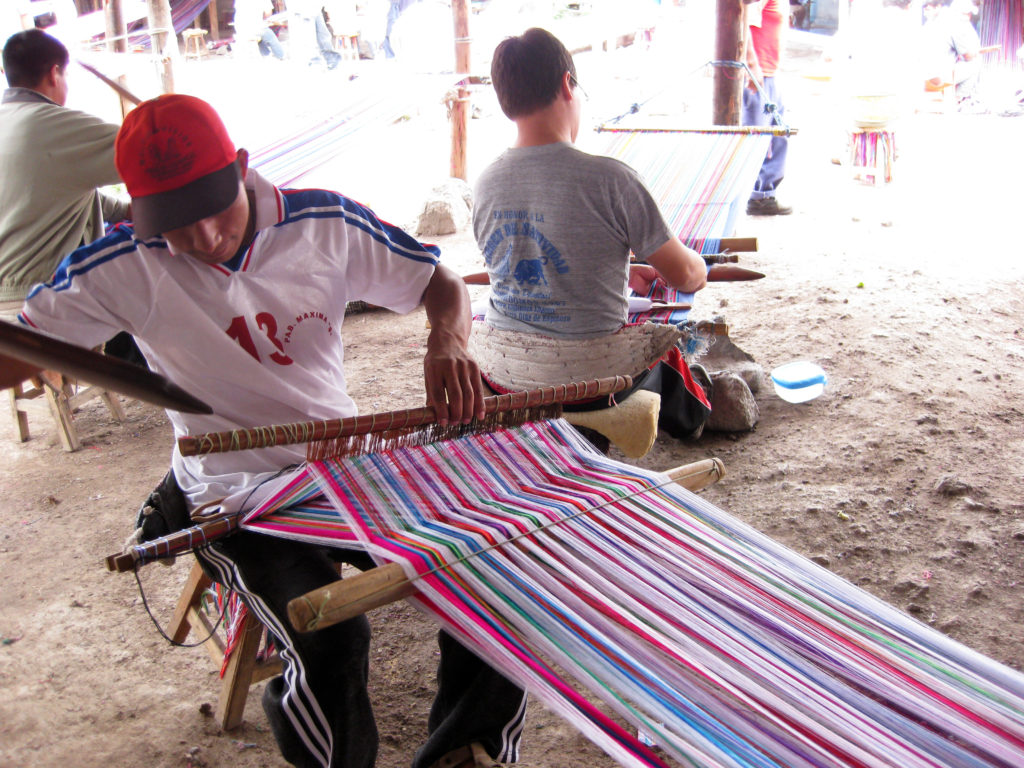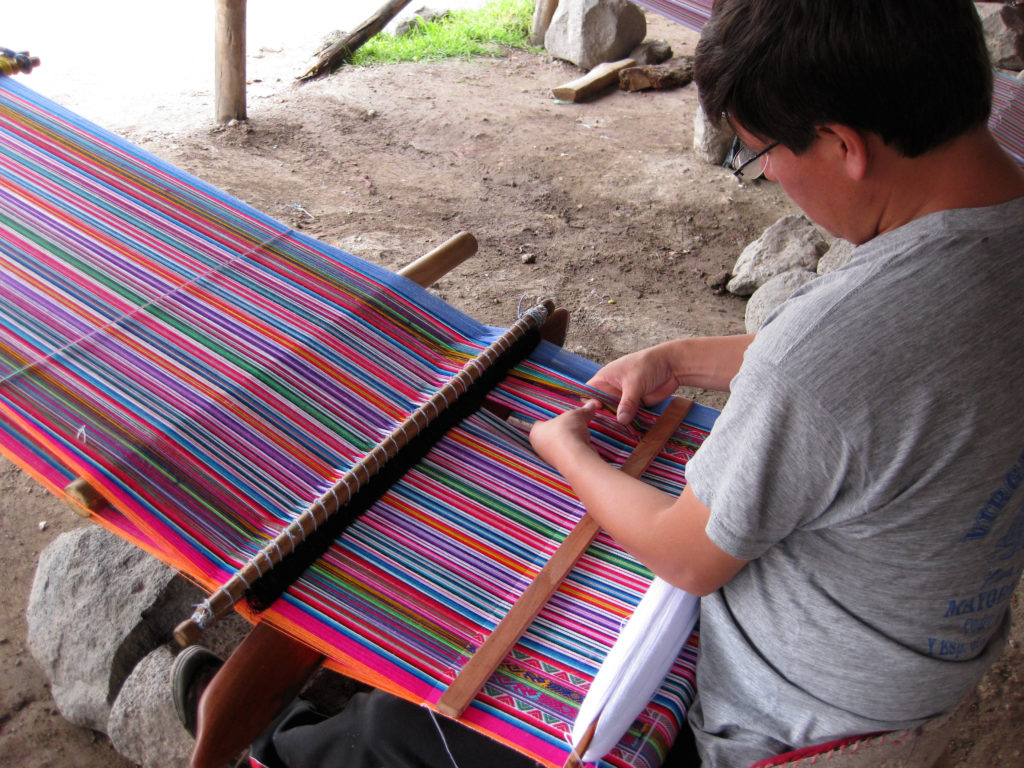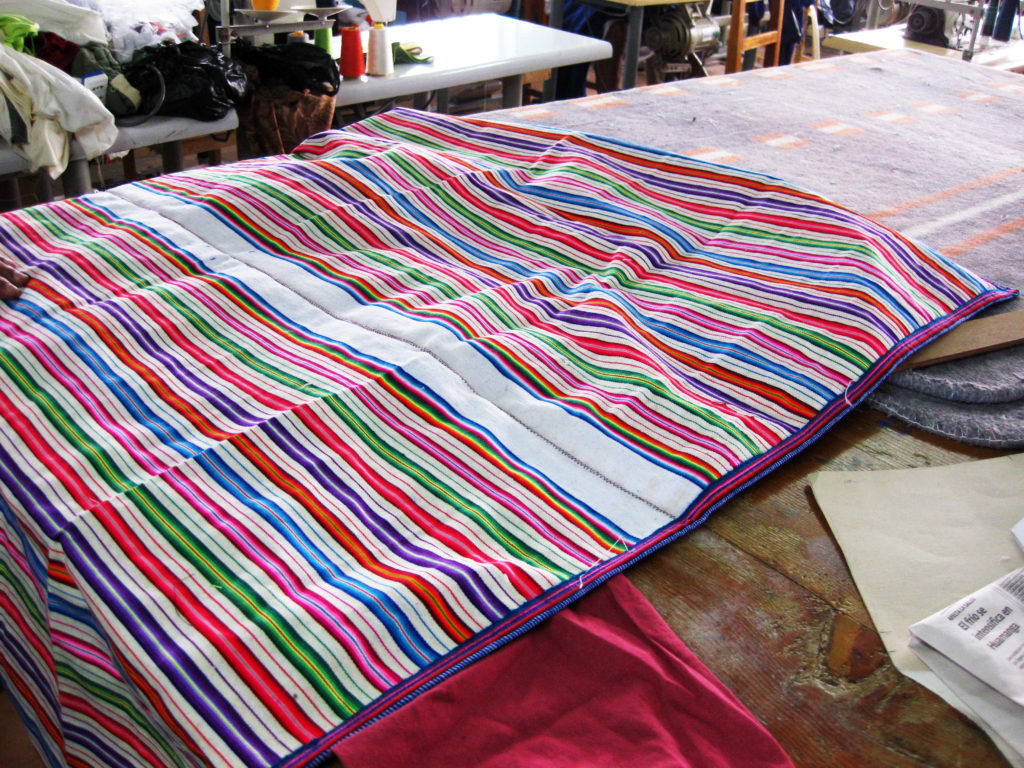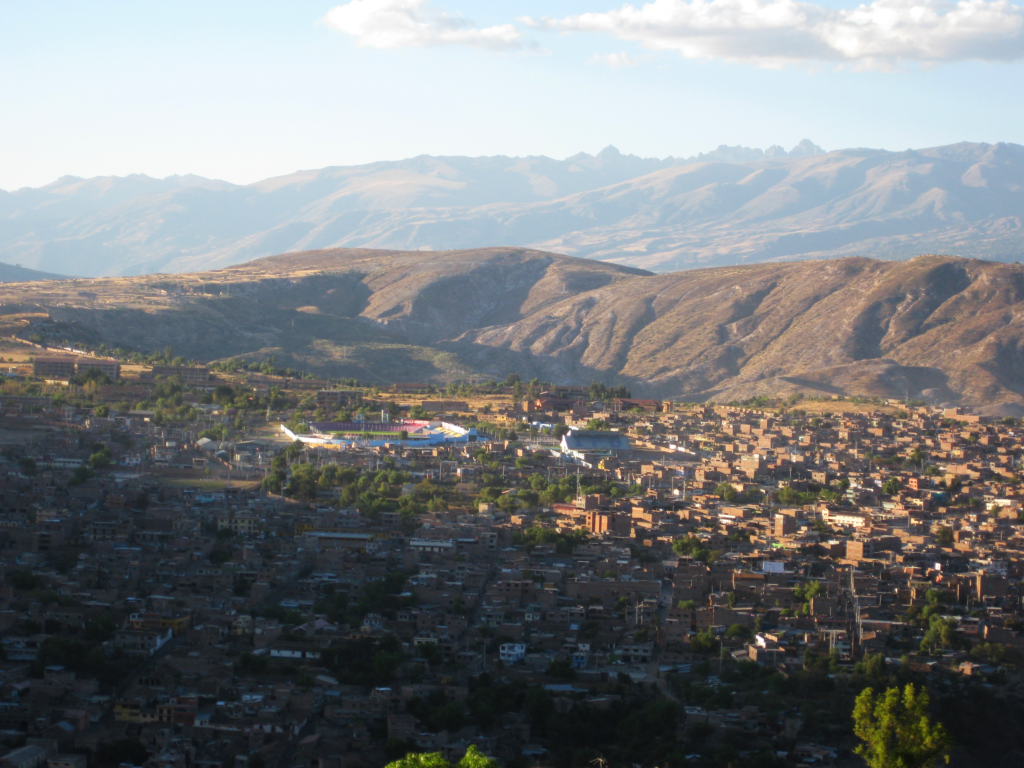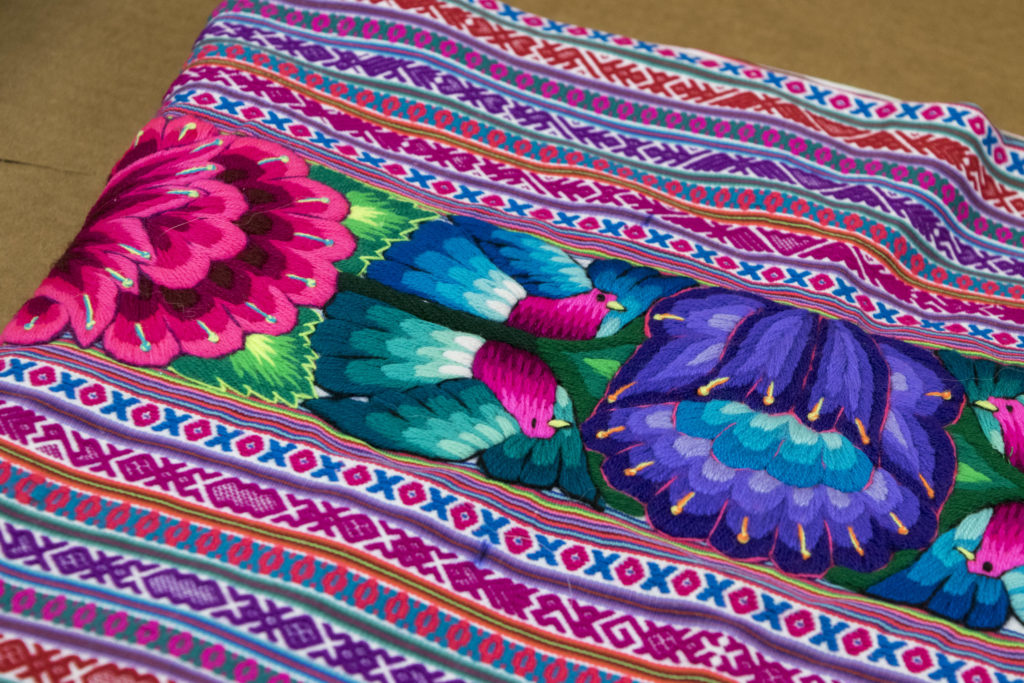Today we were set to start our metal stamping classes with a beautiful project introducing working with design stamps to create a mandala pendant. Schlepping 15lbs of jewelry making materials (including 3 hammers) on the rickety bus was not the most fun thing in the world but I’ve been really excited about this jewelry making round.
A year and a half ago I introduced metal stamping to the women and we worked with letter stamps to create jewelry with words or phrases that had special meaning to the women. This was one of my favorite jewelry making classes and where two of my favorite pieces were created: the ser grande pendant and rikchari necklace.
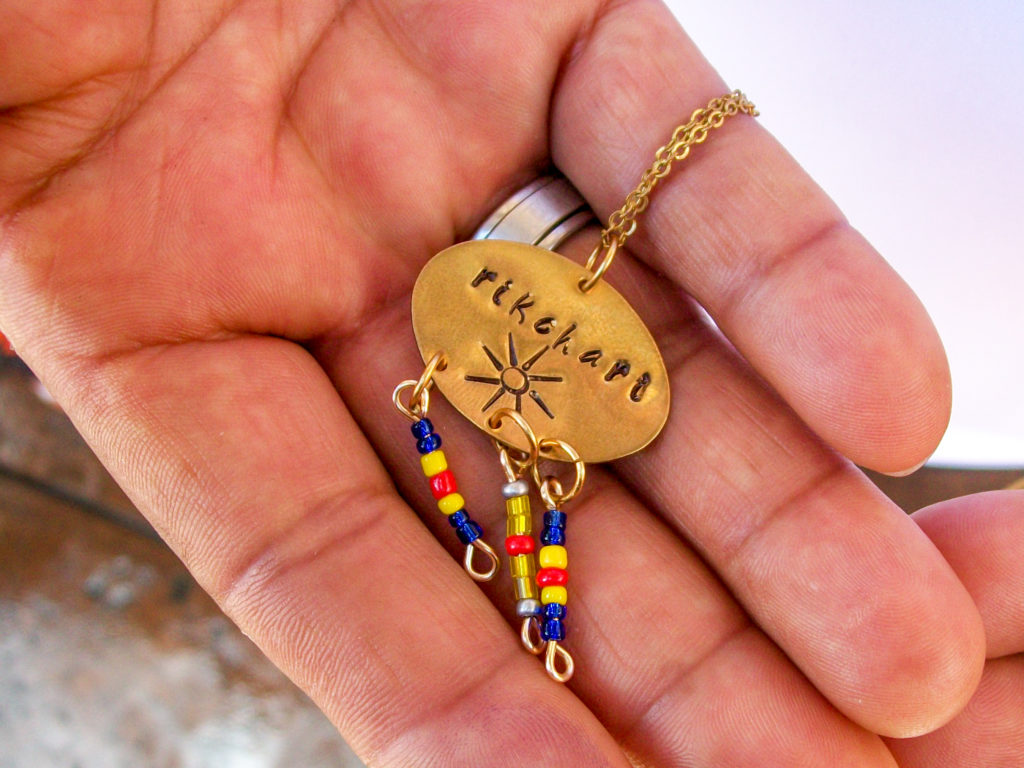
This year, we are working with design and letter stamps to create more complex designs. The women will also learn how to do cold connections with metal- which is a riveting technique that only uses rivets and a hammer.
Sadly, when I got to the women’s area to start our class chaos ensued! The women were notified only an hour earlier that they were having group therapy today. Metal stamping is really loud and, while they wanted to have class anyway, it seemed impossible to be banging on steel bench blocks with hammers during group therapy.
Therapy also conflicted with scheduled health check ups, lawyer visits, and visits to the administration. The result? 50 women yelling at each other to leave for their appointments, trying to line up while also making space for the therapists, and one poor guard desperately attempting to manage it all.
It was chaos and it didn’t let up for half an hour.
While waiting for the chaos to settle so I could leave, I noticed Lia running to and fro yelling people’s names. Marleni told me that Lia is now working as a llamador- a person whose job is to call for women when they have appointments or are requested by the administration.
She works 9-1 as a llamador and gets paid 2 soles…a day. That’s 50 centavos an hour.
And it’s a lot of work. Just during that half an hour she was running all over the women’s cell block calling out names and searching for people.
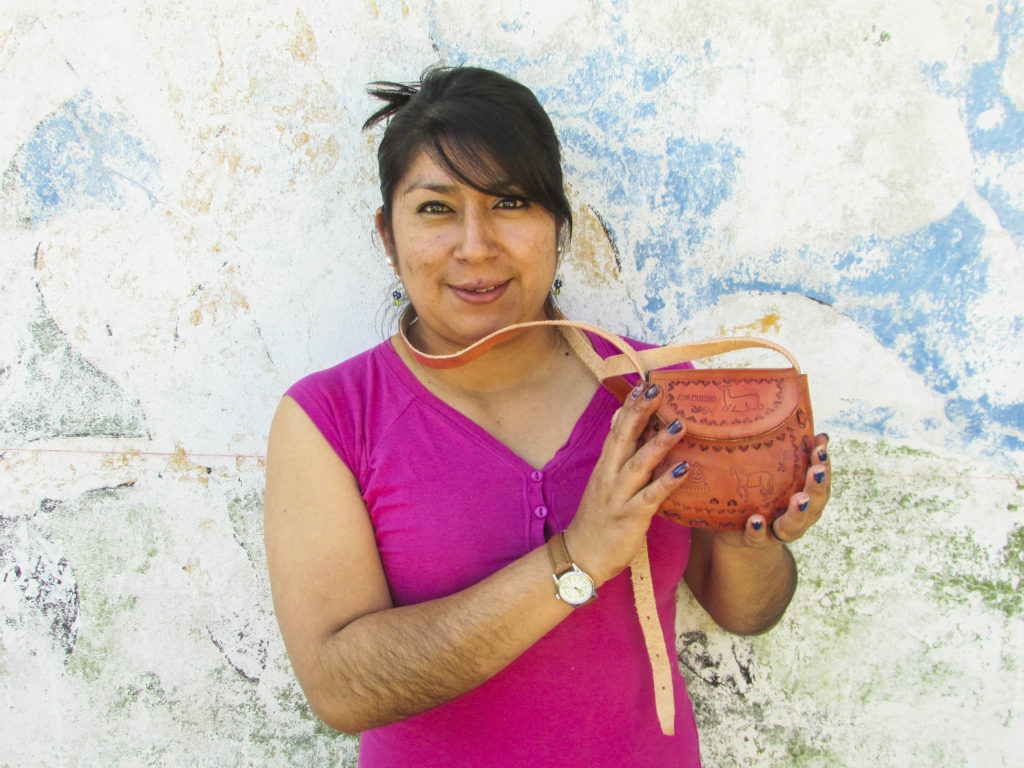
Lia with her finished bag
For contrast, we pay the women 6 soles for the most basic earrings that they can make in half an hour.
Yet, Lia is dedicated. She embroiders manta, attends all of our classes, produces beautiful jewelry pieces and makes extra to sell. She works HARD in every job she is given and she has to- coming to the prison as a child of the streets she’s always had to make her own way.
Which is something I admire about Lia. She’s determined to do her best and create a path of freedom for herself. She knows that her future is in her hands and she
